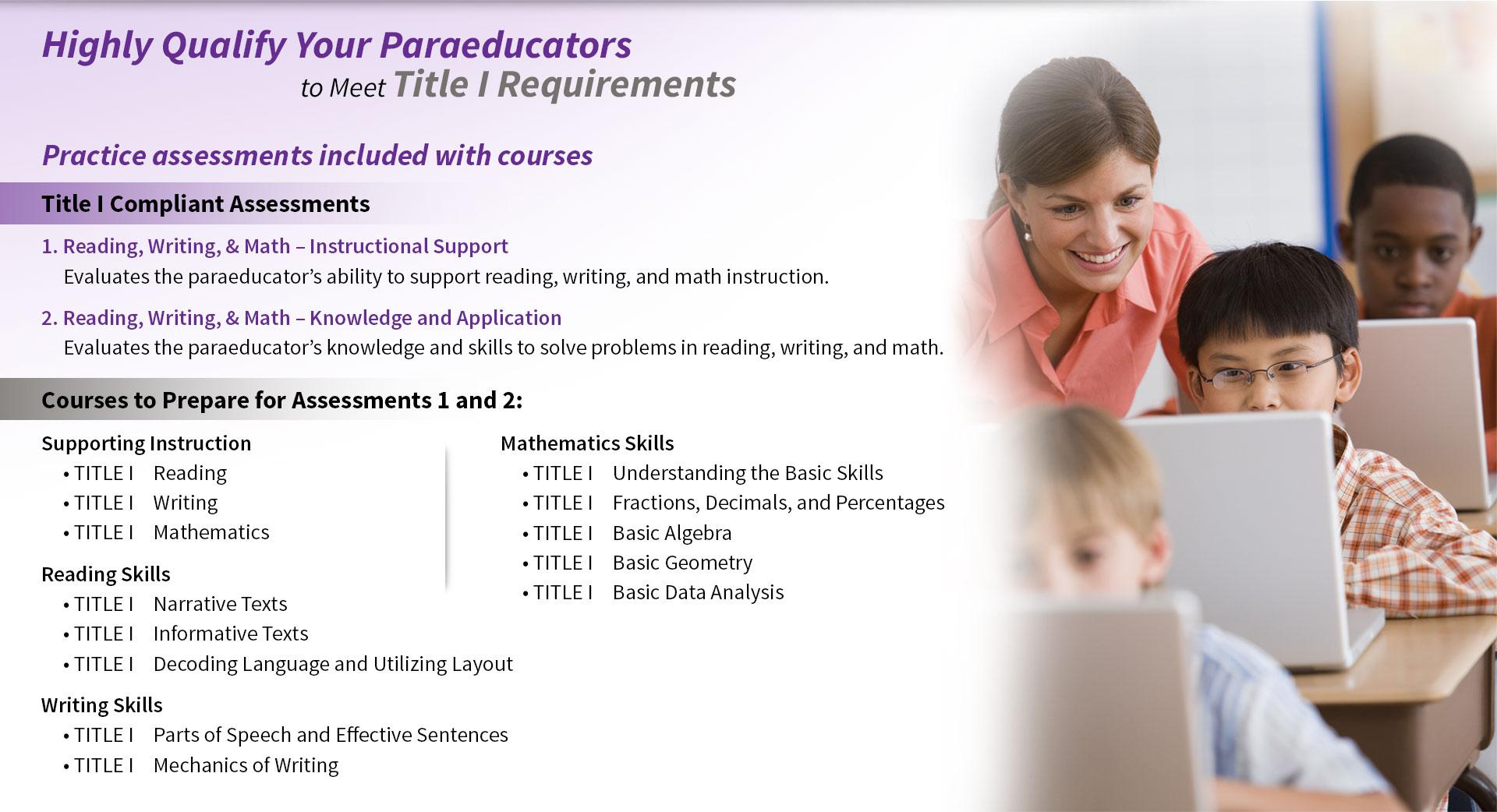A ParaEducator is a professional who provides support to teachers and students in a school setting. The job is also known by many other names, such as paraeducator, para-pro, para-swami, educational assistant, classroom assistant, or instructional assistant. Here are some of the top reasons to consider becoming a ParaEducator. Here are some tips on how to find the best job! Listed below are some of the top pros and cons of this role.
Job description
A Para educator is an academic support professional who functions as a member of a team in a school. Their primary duties include assisting teachers in lesson planning, supervising students in class, distributing and collecting materials, and assessing students’ skills. They may also assist in the wake-up duties or substitute lessons, and maintain appropriate documentation. Listed below are some important aspects of the role. This paraeducator job description provides an overview of this role.
A Paraeducator is an essential part of any classroom. These professionals perform numerous tasks for teachers, from monitoring student behavior to maintaining a clean and safe environment for students. A Paraprofessional resume can highlight these important responsibilities and be used to advertise vacancies. It can be customized to fit the needs of a specific institution. The paraprofessional’s experience in teaching is also important. A bachelor’s degree in education is required. If possible, pursue certifications in the subject that is pertaining to the position you are interested in.
Education required
An educational background in social science, mathematics, or other related field is required to work as a paraeducator. Paraeducators in schools without Title I funding are required to have a high school diploma or GED. To prove their skills and qualifications, paraeducators must pass a local or state test. Many states use the ParaPro Assessment. A paraeducator can earn a certificate after completing training.
Many school districts require that paraeducators have at least 60 college credits. Most Title I schools require at least two years of undergraduate education in the field. Although not required, coursework in special needs education, child development, or psychology may be helpful. Several community colleges offer paraeducator-specific associate degrees. After completing your degree, you may begin volunteering at schools or child care centers. The sooner you start working in schools, the better.
Salary
The salary for a paraeducator varies widely. Salary estimates for paraeducators are based on a combination of experience, education, and location. However, a paraeducator should still aim for a salary that is comparable to the average salary for paraeducators in their state. The salary for a paraeducator in the District of Columbia is about $40,243. While the highest paid paraeducators earn $101,000 a year, the lowest-paid ones earn $68,000.
The salary for a paraeducator in New York is $17,180. The average salary in Brooklyn is 5.8% higher than the national average. However, pay for this role will also vary according to experience and location. In Binghamton, the median salary is $17,810, which is significantly less than the average salary for paraeducators in Brooklyn. If you’re planning to work in Brooklyn, there are several benefits to living in Binghamton.
Experience
A paraeducator is a certified professional who assists a classroom teacher. In addition to assisting the classroom teacher, paraeducators may offer one-on-one support and guidance to students with a variety of disabilities. A paraeducator must have a high school diploma and relevant experience in the field. Additionally, paraeducators must possess strong communication and organizational skills, and must be able to maintain accurate files and complete assignments in a timely manner.
Participants in the study were drawn from diverse educational backgrounds and had varying levels of experience as paraeducators. A subsequent analysis looked at variables that correlated with instrument subscales, including age, years as a para educator, and number of science courses completed in high school. The number of college science courses completed showed a moderate positive correlation with both the presurvey PSTEB and STOE subscales. All other variables had no significant relationships with these measures.

